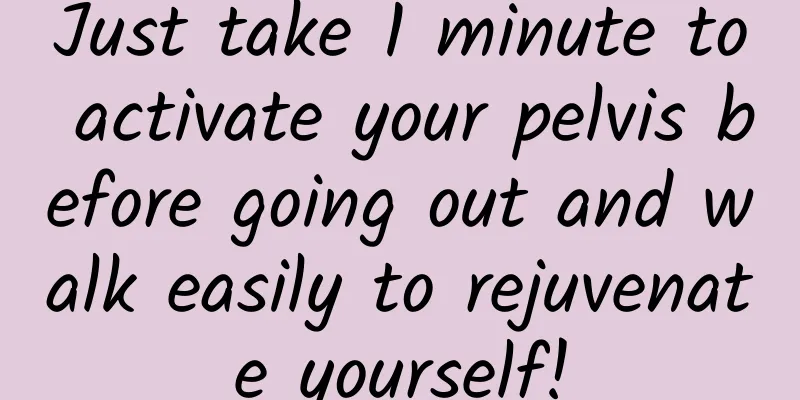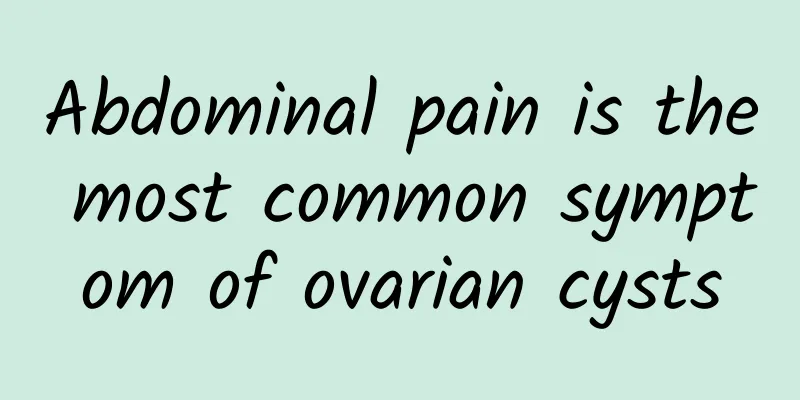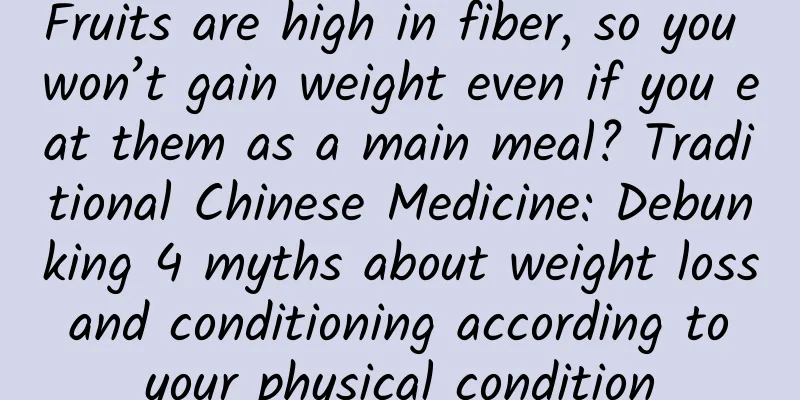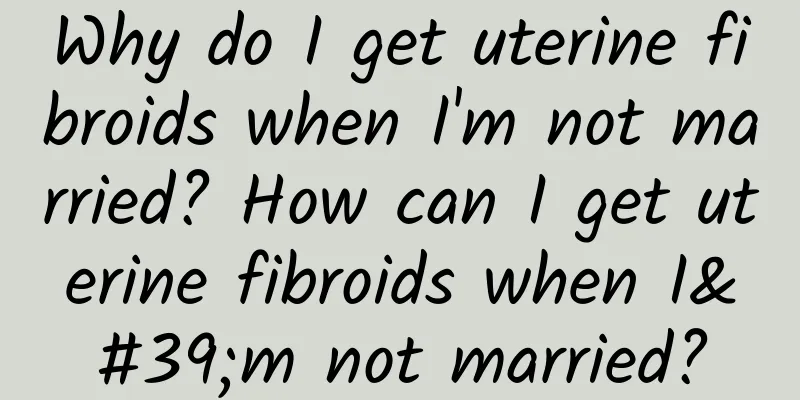Just take 1 minute to activate your pelvis before going out and walk easily to rejuvenate yourself!

|
Walking can help with health and rejuvenation! However, I would like to remind you that just doing the "1 minute action" before going out can make your walking easier. Pay special attention to rotating your pelvis, which can achieve different results. You can also change the impact on your body based on the effect of walking, and take good care of your feet regularly. In addition, if you want to eliminate fatigue after returning home, you can also move your toes and ankles and massage the gluteus medius to release the day's worth of fatigue toxins. The human body is equipped with the optimal mechanism for walking on two feet. A body that can fully utilize this mechanism can indeed be said to be in the healthy and ideal state of a "natural body." If the body is in an ideal condition, it can be said that it is the best body for "walking" well, that is, a "body that can walk." Do this exercise for 1 minute before going out to make you walk easily In fact, there are many people who "walk", but almost no one who "walks" well. Especially, walking in shoes will bring some burden to the body. Japanese yoga teacher Miyuki Ishida said in her new book "Walking Rejuvenation": The feet are the second heart of the human body, and the lower body determines the health of the body. But, do you know how to walk? ” stated that doing the following 1 minute of actions on how to walk well before going out will have different effects, and the impact on the body will change depending on the effect of walking. 1. Sit on a chair with your arms shoulder-width apart and your toes pointed outward. 2. Rock your pelvis back and forth 3 to 5 times. 3. Rotate your pelvis clockwise 3 to 5 times and also in the opposite direction. 4. Place your fists on the hard, round bone (greater trochanter) at the base of your foot from the left and right sides. 5. While pressing and rotating your fists, do pelvic walks on the spot. (Move the left and right hips separately.) Fatigue-relieving movements: Move your toes and ankles In addition, after returning home, you can also try doing some "fatigue-eliminating exercises". After walking all day, your feet often become swollen, stiff, and sore. After a day of activity, your body will feel very tired, and your feet will also feel very tired. Release this and expel one day's worth of fatigue toxins. Next, maintain good quality sleep to achieve the "beauty effect". Spread your toes Use your hands to move your toes one by one carefully and comfortably. Relax your toes and they will be easier to move. This movement awakens the feeling in the soles of the feet and creates a stable sole that is responsive to the ground. It helps with stepping down, kicking out, and building a good arch when walking. This action helps the blood flow to the extremities where the veins and arteries return. Furthermore, it is known that moving your toes can stimulate the brain and activate it. It seems to be widely known recently that stimulating the nails has a good effect on adjusting the balance of the autonomic nervous system. 1. Sit on a chair or floor, bend one knee, and reach toward your toes. 2. Move your big toe and index finger up and down alternately, and then rub between your toes. 3. Continue, rub between the five toes in order: index finger and middle finger, middle finger and ring finger, ring finger and little finger. Ankle rotation exercise Rotate your pelvis in a large motion and then your upper body while slowly rotating your ankles. When you rotate your ankle, you engage your calf muscles. It helps to bring new blood to the extremities of the feet and return old blood to the heart. Excess water tends to accumulate around the ankles. Moving your ankles can improve circulation, eliminate swelling, and enhance metabolism. In addition, the bones of the toes also connect to the instep. Almost no one would think of moving the bones in the instep, so some people's muscles and bones are as stiff as lumps. This movement can also relax the bones here. Furthermore, by using the pelvis to rotate like shaking the upper body, the area around the pelvis also relaxes. 1. Sit on a chair or the floor and place one foot on the thigh of the other foot. Intertwine the toes of the supported foot with the fingers of the opposite hand, and support the ankle with the other hand. 2. Since you can face any direction, rotate your ankles as slowly as possible while rotating your pelvis widely. At this time, it is best to remove strength from the shoulders and elbows. Rotate slowly and patiently (please do this for more than five minutes) until your ankle rotates smoothly. 3. Move the supporting hand to the most swollen part of the instep. As in the second movement, rotate your pelvis widely while twisting your fingers and toes like a picture. If the bones in the instep start to loosen up and move, then there will be no problem. 4.Do the same with the other foot. Rock Action This movement is about adjusting the hip joint. Use your own body weight to ease the movement into your inner thighs. Don't push hard with your arms, but put your weight on them as if you were leaning on them. Since there are blood vessels and lymph glands on the inner thigh, this movement is effective in promoting lymphatic flow and blood circulation. 1. Stretch out one leg and bend the other leg inward (you can do this while sitting upright or cross-legged). 2. Place your left and right forearms on the inner thighs of the same side and move your weight as if you were leaning on your arms. Rotate your forearms to stimulate your inner thighs. Alternately rub your left thigh with your left arm and your right thigh with your right arm. Don't be anxious, do it with big movements. 3. Change feet and do it again. Crawling on all fours This is a pelvis-centered movement; it can adjust all the joints of the hips, shoulders, and spine, and is also a basic movement in Thai therapy. If the groin area and lower back relax and become warm, this is a very good sign. 1. Get on all fours with your knees under your hips and slightly outward. Place your hands just below your shoulders and slightly out to the sides (fingers facing forward). When viewed from the side, the body and feet, and the body and arms, each form a 90-degree angle. This is the basic posture. 2. Starting from the basic position, lift your hips toward the ceiling and lower them toward the ground while rotating your waist and stretching your back. Once you find a comfortable spot, start moving slowly, little by little. 3. From the base position, rock your hips from side to side, alternating your weight on the left or right side. Once you find a comfortable spot, start moving slowly, little by little. 4. Start from the basic position, redirecting your fingers to the side. Move your shoulders (shoulder blades) in a comfortable manner, such as rotating them up and down, front and back, left and right, etc. 5. Try crawling on all fours to develop the feeling of the perfect fit between the convex and concave parts of the hip joint. Gluteus medius massage The sides of the buttocks are muscles that are prone to stiffness because they support the balance of the side when walking. In conjunction with the previous two items, it is better to do some activities in advance. 1. Bend your knees inward, press your forearms against your thighs and rotate. 2. Touch your bent elbows to the base of your thighs, lean your upper body forward, and put your weight on it. Make a palm-clasping motion and spread your elbows out to make it easier to put your weight on them. 3. Similarly, touch your bent elbows to the sides of your hips, lean your upper body to the side, and put your weight on it. Change feet and do the same on the other side. |
>>: Busy losing weight after the New Year! The secret to weight management: nutrition + exercise
Recommend
White blood cell count after bacterial vaginosis is cured
Women who do not understand what bacterial vagino...
The cause of acute cervicitis should not be taken lightly
The cause of acute cervicitis does not have a gre...
Will tuberculosis affect menstruation?
Will tuberculosis affect menstruation? 1. Tubercu...
What to do if your legs are clenched during menstruation
It is a common phenomenon to cross-leg during men...
TCM Syndrome Differentiation and Classification of Patients with Irregular Menstruation and Prolonged Menstruation
Normal menstruation lasts for 2 to 7 days, and a ...
Abdominal pain and diarrhea are one of the early symptoms of ectopic pregnancy
I believe everyone is aware of the dangers of ect...
Things women must know about artificial abortion
Some female friends do not pay attention to the p...
Experts explain the reasons why infertile women suffer from uterine fibroids
It is understood that in recent years, many women...
What to do if you have chest pain after miscarriage
What to do if you have chest pain after miscarria...
There is a loophole in preventing fatty liver disease. The remedy is to measure your waist with a tape measure.
Have you measured your waist today? The standard ...
Do not ignore the harmful manifestations of cervicitis
In life, cervicitis is also a major disease that ...
Does cervical erosion affect pregnancy?
Does cervical erosion affect pregnancy? According...
What are the dangers of abnormal leucorrhea?
What are the dangers of abnormal leucorrhea? The ...
What should I eat to replenish my body after an abortion?
After abortion, anemia and decreased resistance m...
Porridge diet that can help patients with ovarian cysts recover
Patients with ovarian cysts can regularly take wa...









